As I stand in the field among my flock of Icelandic sheep, I am reminded daily of the deep connection these animals have to their ancient roots. The rapid growth of the lambs and the rhythmic grazing of the ewes bring a sense of thankfulness to my shepherding journey. Let me share with you why Icelandic sheep hold a special place in my heart and how their ancient lineage continues to thrive.
Icelandic sheep are indeed considered an ancient breed, tracing their lineage back over a thousand years. Brought to Iceland by Viking settlers between 874 and 930 AD, these sheep have remained remarkably pure due to the isolation of Iceland. This genetic purity is a testament to their resilience and adaptation over centuries, making them one of the purest and oldest domesticated sheep breeds in the world.
Beyond their ancient status, Icelandic sheep are also classified as a heritage breed. This means they have been traditionally raised in sustainable and humane ways, well-suited to local environments and farming practices. Their primitive traits—such as exceptional hardiness, adaptability to harsh climates, and natural disease resistance—are deeply ingrained in their genetic makeup. These characteristics make them not only a joy to raise but also a practical choice for a small farm or homestead.
Ancient Breed
Historical Lineage: Icelandic sheep have a long history, tracing back over a thousand years. They were brought to Iceland by Viking settlers around 874-930 AD. This long lineage without significant crossbreeding with other breeds preserves their ancient genetics.
Genetic Purity: Over the centuries, Icelandic sheep have been isolated on the island of Iceland, resulting in minimal genetic mixing. This isolation has helped maintain their unique characteristics, making them one of the purest and oldest domesticated sheep breeds.
Other Relevant Classifications
Heritage Breed: Icelandic sheep can also be classified as a heritage breed. This term refers to traditional livestock breeds that were developed over time to be well-adapted to local environmental conditions and farming practices. Heritage breeds are usually raised on sustainable and humane farming methods.
Primitive Breed: Some classify Icelandic sheep as a primitive breed due to their ancient origins and retention of primitive traits. These traits include hardiness, adaptability to harsh climates, and natural resistance to diseases.
Northern European Short-Tailed Breed: Icelandic sheep belong to the group of Northern European short-tailed sheep. This group includes breeds that share common ancestry and physical traits, such as having a short tail and being well-suited to cold climates.
Characteristics of Icelandic Sheep
Hardiness: They are exceptionally hardy, having evolved to thrive in the challenging conditions of Iceland.
Adaptability: They can adapt to a variety of climates and environments, making them suitable for diverse farming conditions.
Triple-Purpose: Icelandic sheep are valued for both their meat, wool and milk, providing a beautiful quality to any homestead.
Reproductive Efficiency: Known for their high fertility and prolificacy, they often produce twins or triplets.
One unique trait of the Icelandic sheep is that they are seasonal breeders. Why do these sheep continue to breed seasonally, even in the relatively milder climate of Montana, compared to Iceland? The answer lies in their genetic programming. Icelandic sheep are highly sensitive to the length of daylight—a trait developed over millennia in Iceland. As the days shorten in late summer and autumn, their reproductive cycles are naturally triggered, ensuring that lambs are born in the favorable conditions of spring. This seasonal breeding aligns with the natural rhythms that optimize the health and survival of the lambs, making sure they have the best start in life. This trait of seasonal breeding also allows for the breeding flocks, ewes, lambs and rams, to be together through the summer months. Rotational grazing as a whole flock allows for ease of moving from one section of field to the next while giving a good rest and recovery time of the sections of pasture.
The resilience and beauty of Icelandic sheep are a constant reminder of their storied past and their enduring relevance. Whether you’re an experienced shepherd or someone curious about raising livestock, Icelandic sheep offer a unique and rewarding experience. Their rich history, combined with their triple purpose offerings, make them a treasured addition to any farm or homestead.
Embracing these ancient sheep in the heart of Montana has not only enriched my life but also allowed me to be a part of preserving a remarkable legacy. As we move forward, I invite you to explore the world of Icelandic sheep, to appreciate their timeless qualities, and perhaps, to welcome a bit of this ancient heritage into your own life.
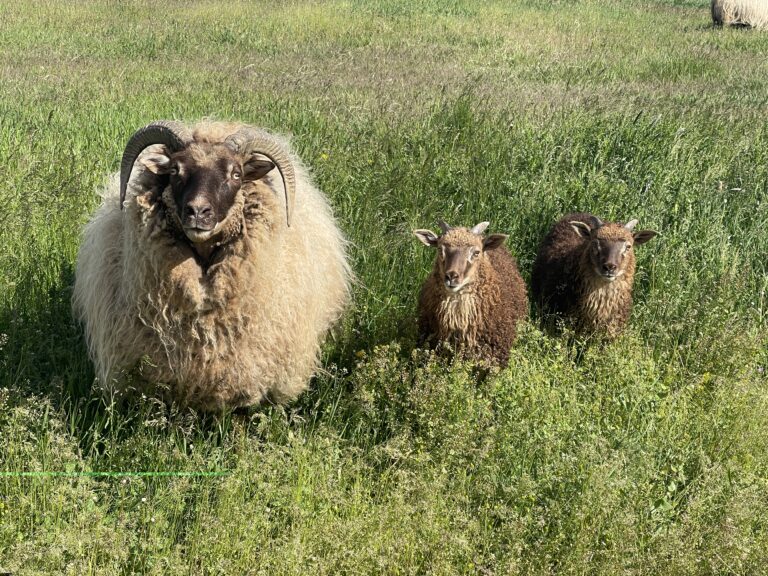
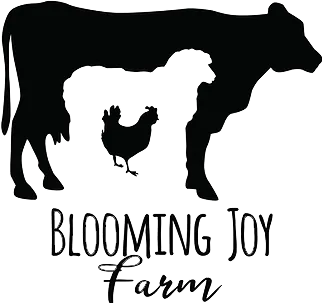
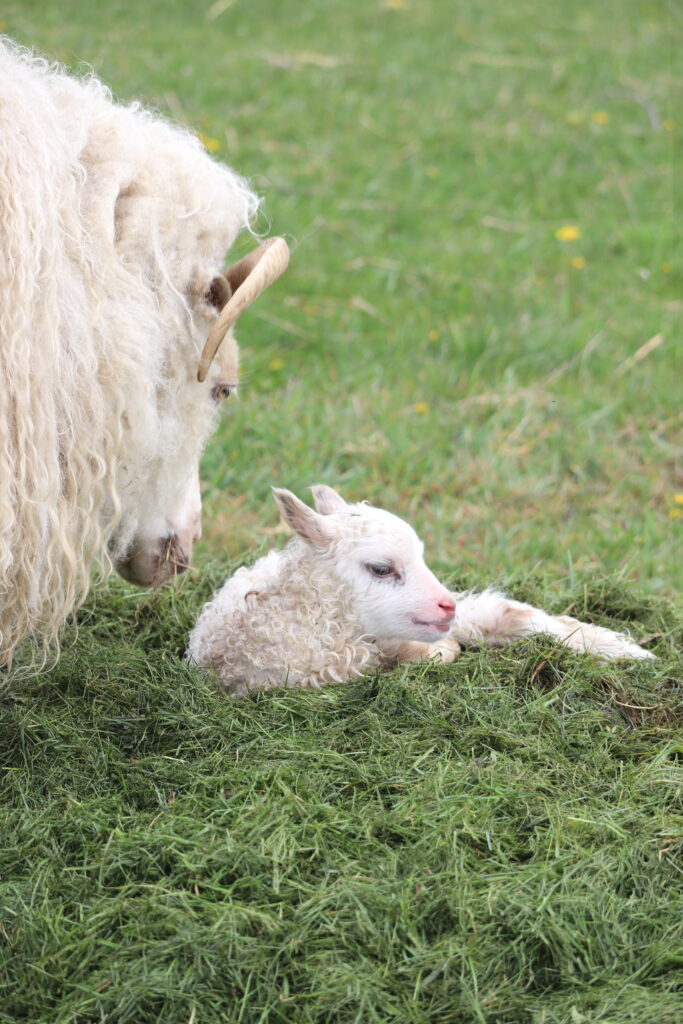
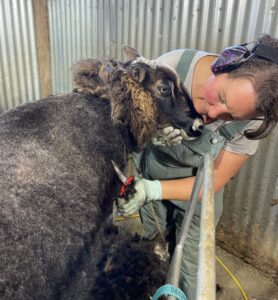
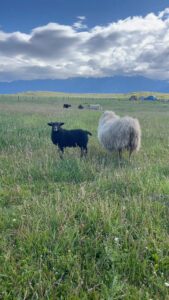
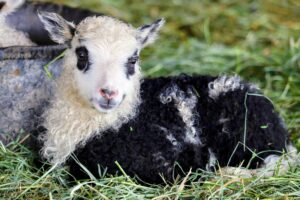
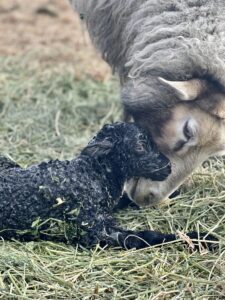
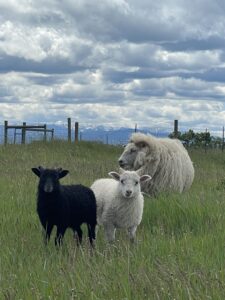
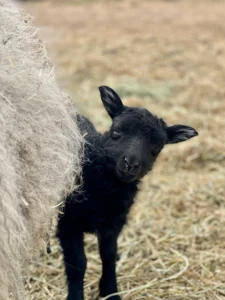
One Response